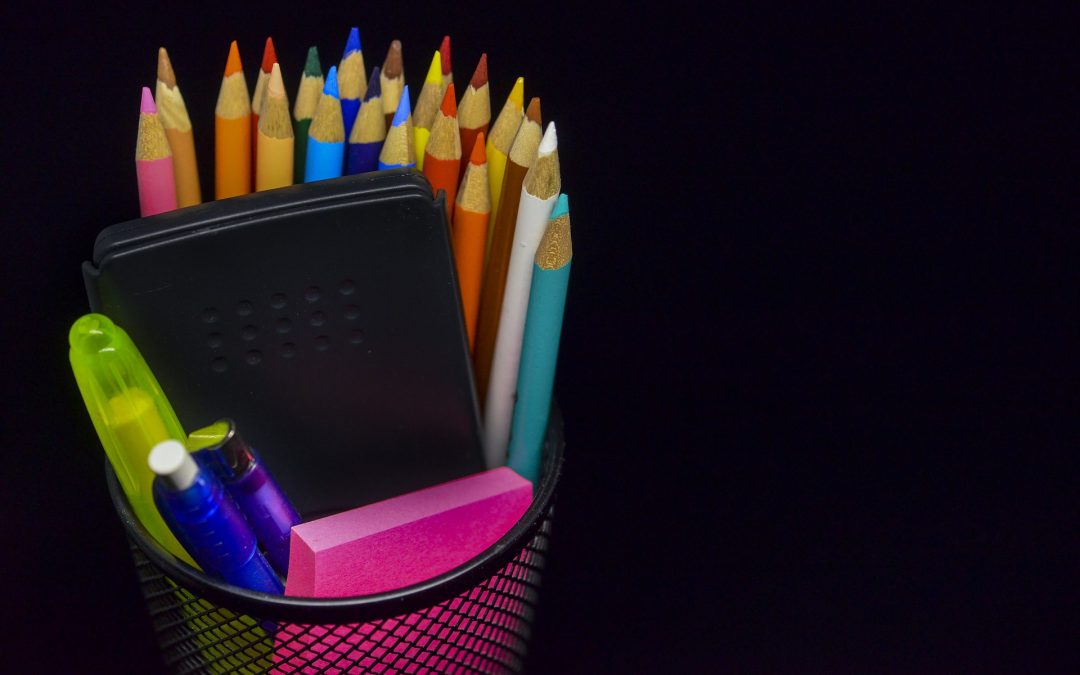It’s week one of your online course and you are determined to create a welcoming learning environment that encourages students to thrive and achieve their learning goals. It sounds doable, but where do you start?
Here are three key ideas to get you and your students off to a strong start for the beginning of the term:
- Get to know each other. How?
- Upload a short welcome video to your course site that lets the student know who you are, your interests, what you love about teaching the course, and that you are there to support them in their learning journey.
- Send out a welcome email to your students prior to the first week of class that gets them excited about the course, provides the resources they need to succeed in learning online and the link to the course eLearn site.
- Ask students to complete a confidential survey that lets you know their interests, work experiences, where they have lived, worked, or studied, etc., that you can use to create teams or to foster discussion topics or seek examples.
- Use icebreakers regularly in your course – they are fun, usually share something personal, create opportunities to interact and learn more about each other, and may be linked to course content.
- Allow students opportunities to be co-creators of the learning journey. Examples?
- Collectively, write classroom guidelines that clarify what is expected of the instructor and the students. For example, consider these two questions together: What does it look like if I as your instructor commit to engaging deeply in teaching this course? What does it look like if you as a student commit to engaging deeply in the course?
- Provide opportunities for you students to have input into the midterm or final exam or the design of assignments. Design assignments that are flexible and encourage students to demonstrate through their own work or personal projects that they have achieved the course/assignment learning outcomes. Could students create a concept map, an infographic, an audio report, or a written essay to demonstrate the learning outcomes?
- Connect with students especially when they persist in keeping their videos off. What?
- Reframe the question of how can I get students to turn on their videos – to – how can I create opportunities for me to get to know them when their cameras remain off? Have you ever built a relationship with someone over the phone that you have never seen or met in person? You can get to know your students by fostering opportunities for them to meet with you after class, in your virtual meet ups, through email, and remember that confidential survey they filled out at the beginning of the term – take advantage of it to connect and share with each of them in a one-on-one meeting what you have learned about them. You will get to know them – by their voices, their responses in chat, and by their course submissions and yes, you can build a relationship with them that can be rewarding even if you never see their faces.
- Set aside the first five minutes of each synchronous meet up or class for students to share a word or image of how they are feeling. This valuable information lets you gauge how the class is feeling as a whole and which individual students you might want to reach out to and also helps you to get to know them individually.
References
Blackboard: Best practice: Create a course introduction video.
CTE Capilano University (2020). Guidelines for effective teaching online: The ten essentials
CTE Capilano University, (2020). Teaching Continuity eLearn site
Darby, F. & Lange, J. M. (2019). Small teaching online: Applying learning science in online classes. San Francisco: Jossey-Bass.
Miller, M. (2014). Minds online: Teaching effectively with technology. Harvard University Press.
Pacansky-Brock, M. (2020). How and why to humanize your online class.
University of Florida (2020, July 31). Post an introduction video to welcome students to your course.

I love the idea of setting aside five minutes for students to share a word or an image on how they are feeling. So simple, yet super effective to gauge the class and each student.
Thank you!